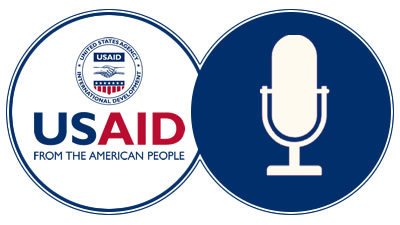
August 2017
Nutrition and Breastfeeding
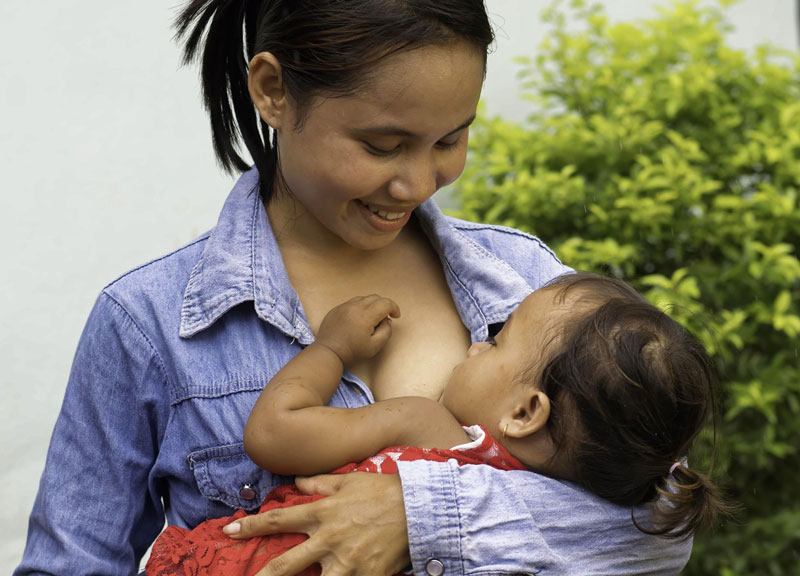
A Cambodian woman breastfeeds at a USAID-supported village fair for World Breastfeeding Week this year.
Photo credit: Igor Dashevskiy
World Breastfeeding Week
World Breastfeeding Week is an annual, global celebration that takes place the first week in August. Organized by World Alliance for Breastfeeding Action in collaboration with the World Health Organization (WHO) and the United Nations Children's Fund (UNICEF), this event encourages breastfeeding to improve the lives of mothers, children, and families around the world. Optimal breastfeeding practices, including early initiation of breastfeeding, exclusive breastfeeding for the first 6 months of life, and continued breastfeeding with appropriate complementary feeding for up to 2 years and beyond, are critical to reducing maternal and child mortality, promoting the healthy growth and development of children, and fostering the economic development of nations. However, less than 40 percent of infants in low- and middle-income countries are exclusively breastfed for 6 months, and sub-optimal breastfeeding practices cause an estimated $302 billion in economic losses each year.
The theme of the 2017 World Breastfeeding Week was "Sustaining Breastfeeding Together," which emphasized the importance of multi-level partnerships to achieve the 2030 Sustainable Development Goals (SDGs), many of which breastfeeding supports. The U.S. Agency for International Development (USAID) missions around the world recognize and celebrate World Breastfeeding Week each year from breastfeeding-themed plays and pop songs to village fairs and country-wide meetings, each country offers unique ways they support and promote breastfeeding during this global event. View this photo story to see how some countries celebrated this year.
Mothers in Uganda Lead the Way to Improved Nutrition
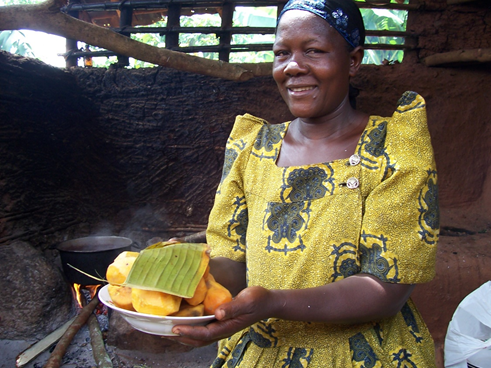
Photo credit: Laurence Genon
Acting as farmers, caregivers, and meal managers, women in Uganda are the gatekeepers of nutrition and health for their families. Harnessing these women's critical role, the USAID-funded Lead Mother initiative gets women involved in delivering better nutrition and health to farming households through biofortified crops, which are bred to have higher levels of vital micronutrients.
As a result of these efforts, more than 420,000 farming households are consuming vitamin A-rich orange sweet potatoes and iron-rich beans in Uganda. Families who have received the sweet potato vines and continue to plant them say they see a significant improvement in the growth and development of infants and young children raised on the more nutritious crop varieties as well as improvements in their own healthLearn more about the Lead Mother initiative.
Boosting Nutrition and Well-being in Rwanda
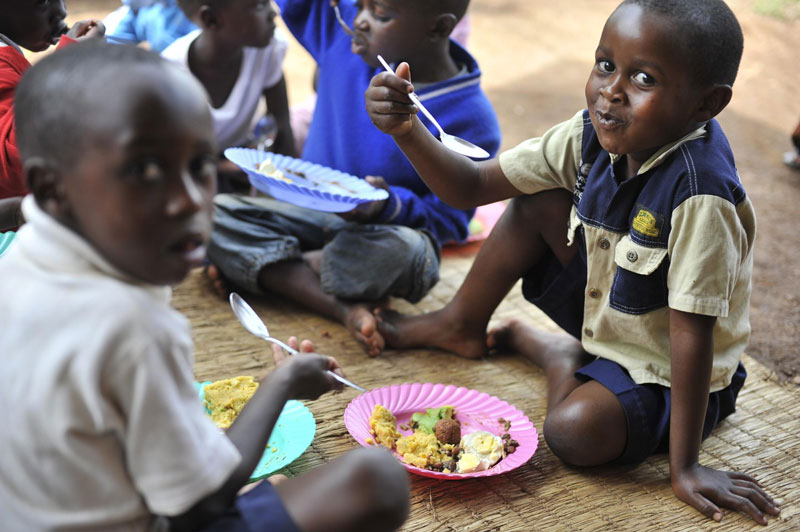
Photo credit: Riccardo Gangale/USAID Courtesy of Photoshare
The Community Health and Improved Nutrition (CHAIN) project supports interventions that promote good health and nutrition across Rwanda. The project achieves this through 25 distinct activities that address factors that too often undermine people's abilities to lead healthy and productive lives. These include access to clean water, a nutritionally balanced diet, economic opportunities, and basic education. The project targets the most vulnerable individuals in Rwandan society, including pregnant and lactating women, children under 5, orphans, and people at risk of HIV. The project puts USAID's global Multisectoral Nutrition Strategy into practice and facilitates partnerships among many different partners. Experience a visual journey of the CHAIN project and the many activities it supports.
GLOBAL HEALTH VOICES
Podcast
PODCAST –"Importance of Breastfeeding"
This month's podcast is a conversation about the importance of breastfeeding with Jeniece Alvey, Global Health Fellow and Nutrition Advisor for Maternal Child Health and Nutrition at USAID's Bureau for Global Health, and Clifton Kenon, Health Science Specialist with USAID's Office of Population and Reproductive Health.
Download a transcript of this podcast [PDF, 88KB].

Global Health Fellow and Nutrition Advisor for Maternal Child Health and Nutrition

Health Science Specialist with USAID's Office of Population and Reproductive Health
HIGHLIGHTS & LOOKOUTS
2017 Acting on the Call Summit: Overcoming Critical Barriers to Maternal and Child Survival
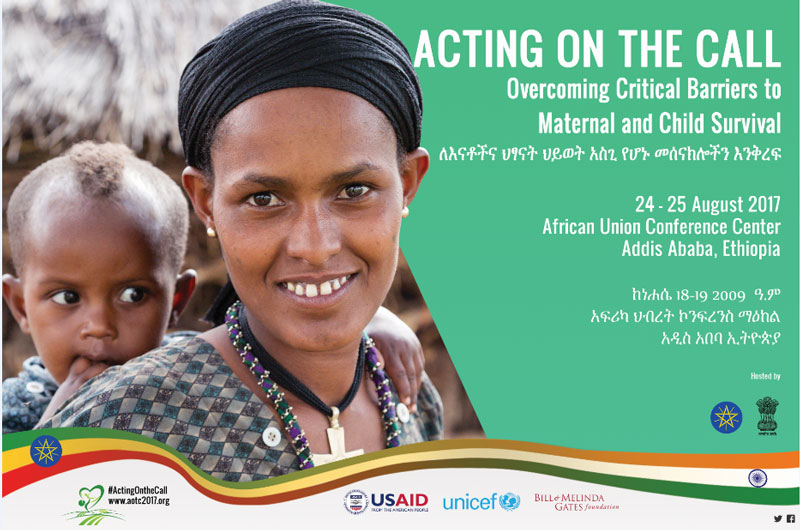
Global Health experts met in Addis Ababa, Ethiopia, August 24–25, for the annual Acting on the Call Summit, hosted by the Governments of Ethiopia and India and supported by USAID, UNICEF, Bill & Melinda Gates Foundation, non-governmental organizations, and private sector actors. This global meeting celebrated our progress to date in saving the lives of 15 million children and 600,000 women by 2020. The conference served as a platform to share best practices and lessons learned, as well as identified crucial next steps in reaching the 2030 targets of the Sustainable Development Goals as they relate to the Every Woman, Every Child Global Strategy for Women's, Children's and Adolescents' Health. The meeting built upon the previous Child Survival Call to Action and Acting on the Call conferences, specifically recalling the commitment made at the 2015 meeting in New Delhi. Read the full coverage and content of the event.
Conference discussions focused on how to overcome critical barriers to maternal and child survival, and ministers of health and high-level government representatives reaffirmed their commitment to ensuring that women and children have access to quality health services. Discussions revolved around improving quality of health services; achieving equity in access to health services for hard to reach populations; building strong and resilient health systems that ensure sustainability and protect populations; ensuring effective financing of health services; and revolutionizing information to use data for effective decision-making. The Summit also hosted a dynamic "marketplace" of maternal and child health interventions aimed at providing a global platform to facilitate sharing of best practices from priority countries.
Hear more about the event and maternal and child survival progress to date from Barbara Hughes, USAID's Director of Office of Maternal and Child Health and Nutrition.
Learn about USAID's public-private partnership, Saving Mothers, Giving Life, that works to reach maternal and child survival goals by dramatically reducing maternal and newborn mortality in sub-Saharan African countries.
Read how USAID ensures quality of health services for women and children by supporting the training of midwives in Liberia.
World Mosquito Day
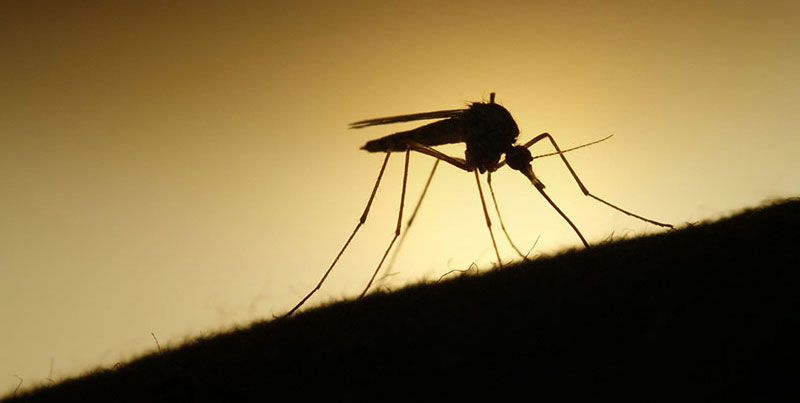
Photo credit: Eric F. Brandsborg/Creative Commons
August 20 was World Mosquito Day. USAID took this opportunity to highlight our efforts to fight diseases transmitted by mosquitoes for an entire week (August 20–26). We used this entire week to raise awareness through our social media platforms about the cause of diseases like Zika, malaria, and lymphatic filariasis; how these diseases can be prevented; and to highlight vector control research and new tools that are being developed. Malaria by itself is responsible for more than half of mosquito-related deaths, predominantly in sub-Saharan Africa. Mosquitoes also transmit dengue, lymphatic filariasis, chikungunya, Japanese encephalitis, and yellow fever, among other diseases.
Our Work on Malaria
Malaria is a disease caused by parasites that invade and destroy red blood cells in humans. The parasites are transmitted to persons through the bites of infected Anopheles mosquitoes, but highly effective tools exist to battle this scourge. When President George W. Bush created the U.S. President's Malaria Initiative (PMI) in 2005, malaria was a death sentence for many – particularly children. PMI has helped diagnose and treat malaria and provided protective measures for hundreds of millions of people. More than 6.8 million lives have been saved worldwide due to the success of malaria control efforts; the majority of lives saved have been children in sub-Saharan Africa. After more than a decade of PMI's leadership in the malaria fight, malaria elimination is now considered a realistic long-term goal. Learn more about our malaria portfolio through the PMI 2017 Annual Report and meet a frontline heroine in the fight against malaria in Zambia.![]()
Our Work on Zika
USAID is responding to the spread of the Zika virus with targeted programs in select countries in Latin America and the Caribbean with the highest risk of transmission and greatest anticipated needs. USAID is working with partner governments across the region and focusing its Zika interventions in three operational work areas: social and behavior change communication, vector management, and service delivery. In order to maximize the long-term impact of our response, USAID is focusing on preventing new Zika infections by providing women of reproductive age and their communities the information and tools they need to protect themselves from Zika. USAID is working to educate expectant mothers and other women of reproductive age to adopt prevention behaviors, to improve their awareness and preparedness for potential effects on their newborns, and to connect them to support services when available. In addition, through the Combating Zika and Future Threats Grand Challenge, USAID is supporting the development, testing, and scale-up of 26 ground-breaking innovations to fight the current Zika outbreak and help strengthen the world's ability to prevent, detect, and respond to future infectious disease outbreaks.
Learn how USAID is supporting families affected by Zika in Honduras and fighting the spread of Zika in both Haiti and in Honduras.
Our Work on Lymphatic Filiariasis
Lymphatic Filariasis (LF) is a parasitic disease spread by mosquitoes. It is caused by chronic infection with tiny filarial worms that can damage a person's immune system. USAID is a global leader in elimination and control of seven of the most prevalent neglected tropical diseases (NTDs), including LF, which together account for 80 percent of the global burden. With partners, USAID has supported the delivery of more than 2 billion treatments to nearly 1 billion people across 25 countries. As a result of these efforts, nearly 200 million people now live in areas where treatments are no longer required for lymphatic filariasis. Learn about Togo's elimination of LF earlier this year and what this means for the country. Find out about USAID's work against NTDs.
Dengue Fever and H1N1 Flu Outbreaks in Asia
Infectious disease outbreaks can be the start of an epidemic and have the potential to escalate into pandemics if a health system is not set up to respond appropriately and mitigate the spread. The world witnessed this with the 2014 Ebola outbreak in West Africa. This is why USAID is paying close attention to recent reports of an H1N1 swine flu outbreak in Burma and a dengue fever outbreak in Vietnam.
In Burma, local media has reported that the death toll from the ongoing H1N1 influenza outbreak in Burma rose to 25 as of Wednesday, August 16. More than 242 people have reportedly contracted the virus, also known as swine flu, since the first case was confirmed on July 14, and 57 remain hospitalized with severe respiratory issues as of the middle of August.
During the second half of August, Vietnam has been battling raging dengue fever outbreaks with more than 10,000 new infections, putting additional pressure on an already stretched medical system. According to the Ministry of Health, the number of admitted patients represents a 42 percent increase over the same period last year along with 7 more deaths. A total of 24 people have so far died. The ministry attributed the rise of dengue outbreaks to higher temperatures, more rains, and rapid urbanization that promote the breeding of virus-carrying mosquitoes.
USAID is implementing the Global Health Security Agenda (GHSA) through its Emerging Pandemic Threats Program. The GHSA is a global initiative to help build countries' capacity to create a world safe and secure from infectious disease threats and elevate global health security as a national and global priority. GHSA pursues a multilateral and multi-sectoral (One Health) approach to strengthen both global capacity and nations' capacity to prevent, detect, and respond to human and animal infectious diseases threats whether naturally occurring or accidentally or deliberately spread. Our program is operational in both Vietnam and Burma, and our teams are responding to the situation on the ground. In these countries, USAID focuses on hotspots of previous diseases emergence and zones where the risks of spillover, amplification, and spread are greatest.
USAID GH Media Mentions July 2017
ZAP Helps Households to Take Action against Mosquitoes
The Fight against Fatal Childhood Diseases in Haiti Gets a Boost
Hopkins to Use $300 Million Federal Grant to Promote Public Health Programs in Developing Countries
Nine Years Devoted to Voluntary Medical Male Circumcision for HIV Prevention: Reflections on an Unprecedented Public Health Intervention, PLOS Blogs, August 28, 2017
Cambridge Startup Simprints Wins $2M Saving Lives at Birth Prize
USAID Celebrates World Breastfeeding Week by Supporting Mothers in Kyrgyzstan
SMS Reminders Boost HIV Drug Intake
USAID Support Improves Leadership and Management of the Health Workforce
Campaign Launched for People Living with HIV
Global Health Science and Practice Journal revamps their website

